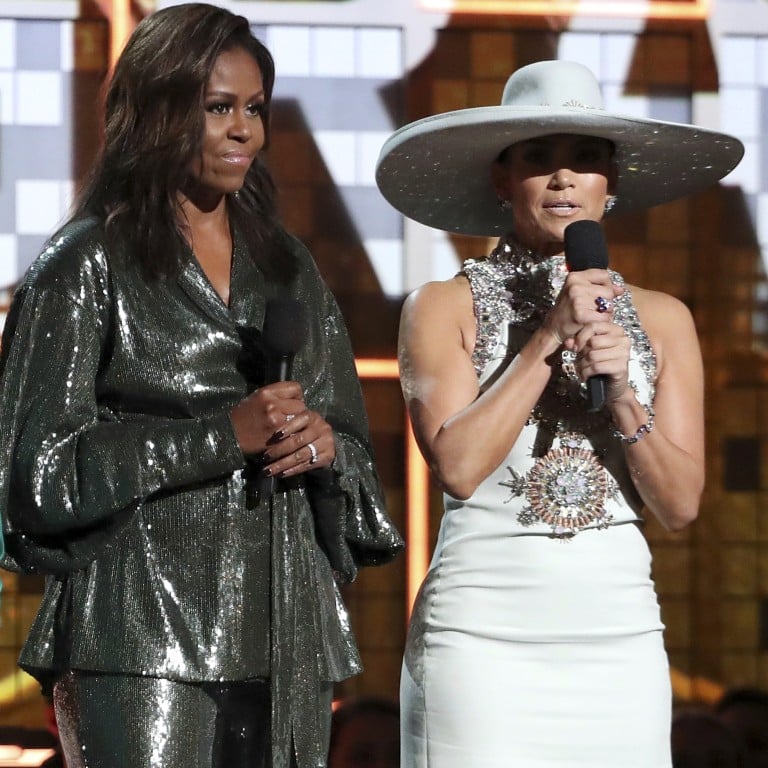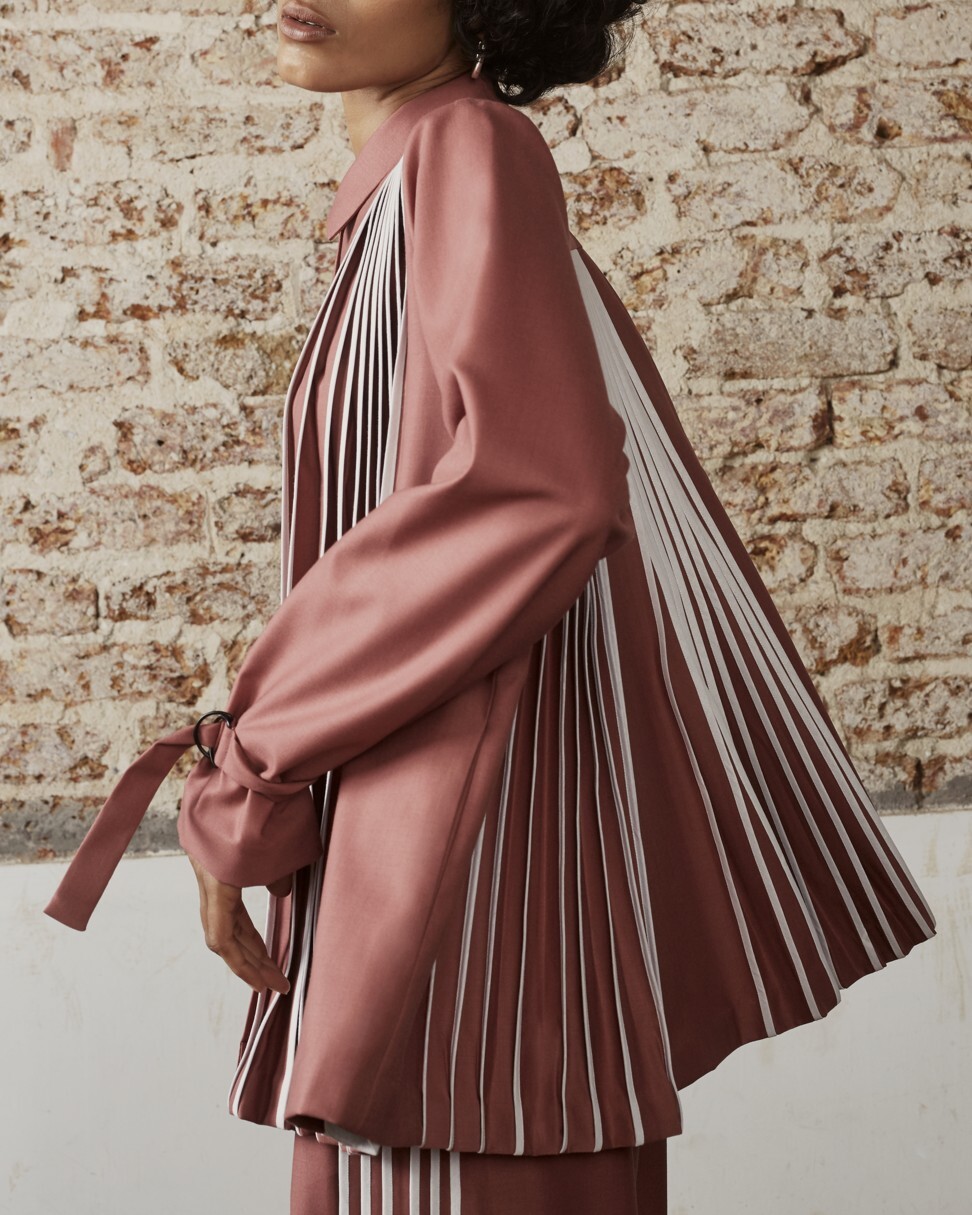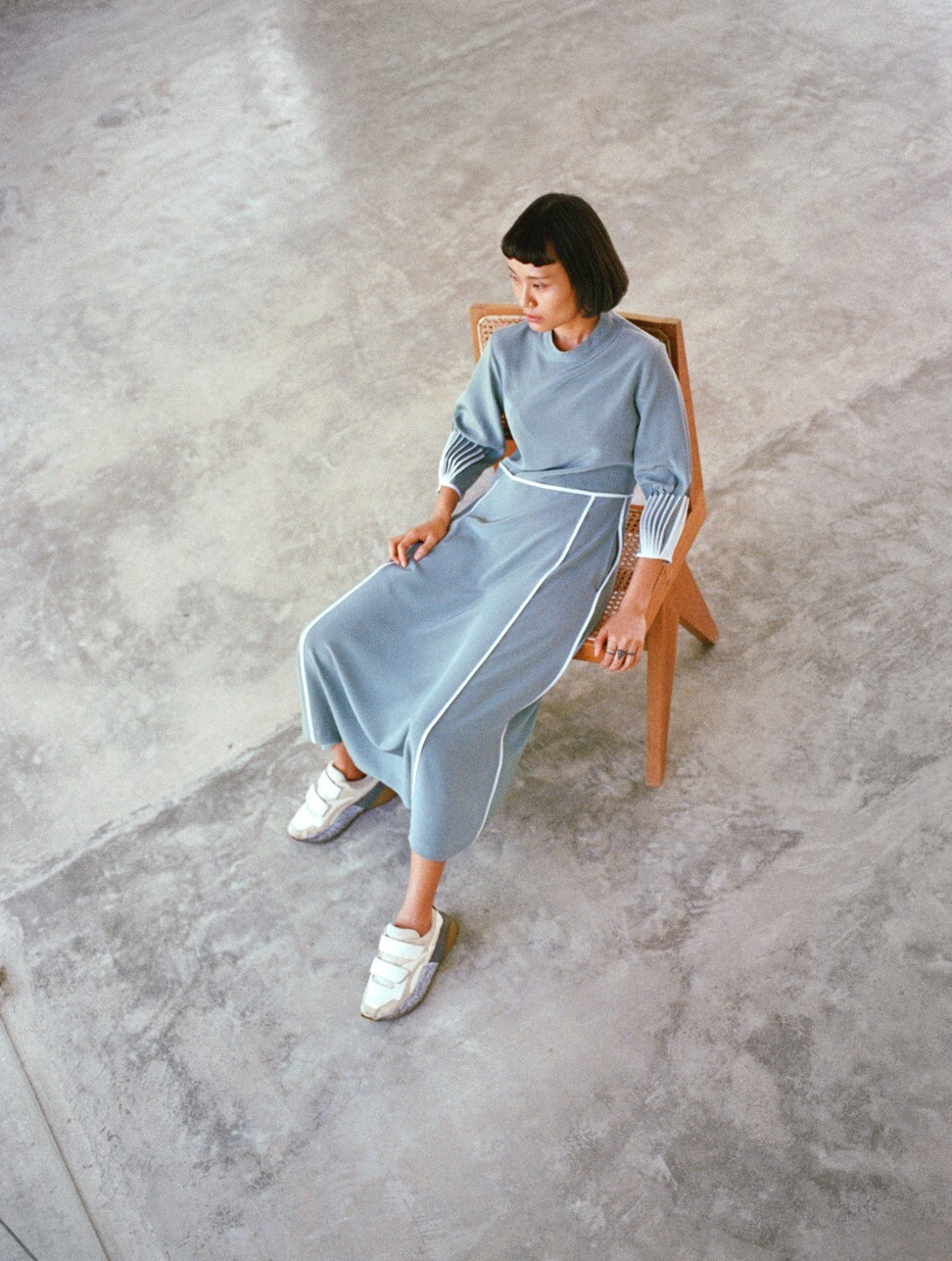Michelle Obama and Deepika Padukone are donning new wave Indian luxury fashion, but why are designers turning from OTT extravagance to sleek artisanship?

Dressing up is synonymous with over-the-top glamour in India. Whether it’s traditional costumes or Western clothes, high-end fashion is typically characterised by extravagance – think raging colours, bold prints, heavy-duty embellishments and head-to-toe accessories.
Mukesh and Nita Ambani’s 8 most extravagant splurges

“Does a woman always have to be decorated? It’s time we question our definition of luxury,” said Ruchika Sachdeva, the brains behind nine-year-old Bodice Studio and 2018 recipient of the prestigious International Woolmark Prize. “It’s not about how loud clothes look or how ornamental they are but rather how well is the artisan paid? What’s the quality of the fibre? What kind of effort has gone into it? What kind of impact does it have on the environment? These are the traits we should be looking for.”

“When I was living in London, I felt like the reason I started designing wasn’t being fulfilled as much,” explained Sacheva. “There was a lot of digital technology but I missed the tactile quality of visiting places where generations have learned the same craft. I found that really romantic and that’s why I came back to India.”
One collection incorporates liquid-like designs made from marbling – an effect that most designers do as a print. But for a more personal feel, Sacheva and her team followed the old-school procedure, which involves a pool of water, dye and an artisan who creates patterns.
“Each and every metre of the final fabric is unique and can’t be repeated,” she explained. “When I learn about these processes, I just fall in love with them even more and I believe there are more people who feel the same way.”

Dadu and her team experiment with ancient crafts like cord work, disintegrating materials into strips and transforming them into cords. These cords are then used to forge a textile, an elaborate system of re-engineering that can take up to 500 hours of labour.
“Since times of royalty, cord work has always been used as embellishment in formal costumes but never as the foundation of an outfit,” said New Delhi-based Dadu. “Nobody was doing it so I decided to.”
SRK at 55: how Shah Rukh Khan became the Bollywood icon of a generation

There’s a kind of sensory illusion to Dadu’s art that necessitates a physical experience. “If you see images of my clothes, it looks like crazy armour but only after touching it do you realise how light and soft it is,” she said with a smile.
Working with indigenous materials and craft technicians across the country, these labels are quintessentially Indian in terms of their techniques and supply chain. But unlike mainstream brands in the country, they shun overtly Indian motifs. Bodice Studio’s take on the sari, for example, is actually pants with double buttons for flexible sizing and inverted pleats that mimic a sari’s movement.
“A lot of Indian fashion that’s gone international is very typically Indian in terms of prints,” said Dadu. “More designers are now realising they’re not limited to any particular identity.”
Indian fashion may be innovating, but consumer preferences have yet to catch up. In a country where the population of ultra high-net-worth individuals – those with a net worth of US$30 million – is set to grow by 73 per cent over the next five years, according to Knight Frank’s “2020 Wealth Report”, luxury demand seems a given. But convincing most Indians to drop hundreds of dollars on a dress or jumpsuit isn’t easy.

“Luxury fashion behaves very differently in India than other countries,” explained Anita Khatri, CEO and founder of Mumbai-based boutique luxury consultancy Anita Khatri Luxury Consulting, or AKLC. “For a woman of middle to higher income, she would rather indulge in established domestic brands like Manish Malhotra or Tarun Tahiliani for formal Indian attire rather than invest in Western wear.”
“Ready-to-wear is still a very nascent market,” echoed Pasham Alwani, a freelance fashion stylist in Mumbai. “Sadly, the Indian buyer is happy to shell out five lakh rupees [US$6,800] on a lehenga but not 20,000 rupees [US$270] on a shirt dress that they will wear more. It’s this dichotomy in buying patterns and the idea of what luxury truly is that polarises buyers.”
Which royal bride wore the most expensive wedding dress in the world?

When affluent customers do splurge on casualwear, they tend to favour foreign names. That’s especially true for India’s nouveau riche and the growing middle class, “who flock to international brands as a way of showing off their status”, according to Khatri. “Some wealthy consumers are happy to buy an Italian suit but will disregard the same piece if it was by an Indian designer,” added sisters Shreya and Priyal Mewara, co-founders of sustainable Indian fashion line Ode to Odd.
While attitudes are slowly shifting, industry players widely agree that more education is needed for consumers to understand the value of local artisanship.
Alwani said she’s noticed more women investing in high-quality products after seeing them on Bollywood celebrities but she remains sceptical on the prospect of a sea change. “I still feel like there’s a long way to go before these brands become household names and the average Indian is even able to look at them as luxury.”
Want more stories like this? Sign up here. Follow STYLE on Facebook, Instagram, YouTube and Twitter .

Sonam Kapoor and Kangana Ranaut are just a few of the celebrities sporting couture by home-grown labels like Bodice Studio, Rimzim Dadu and Ode to Odd, but many Indians still look to Western brands